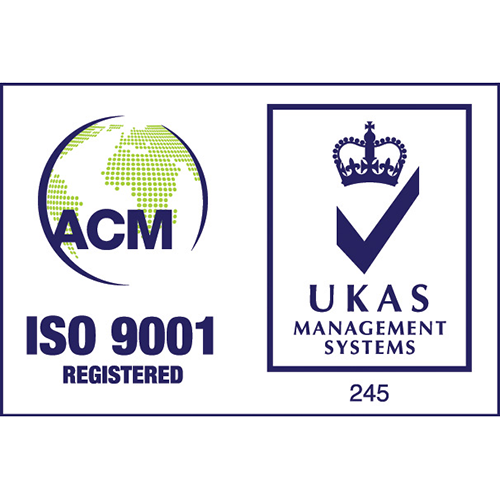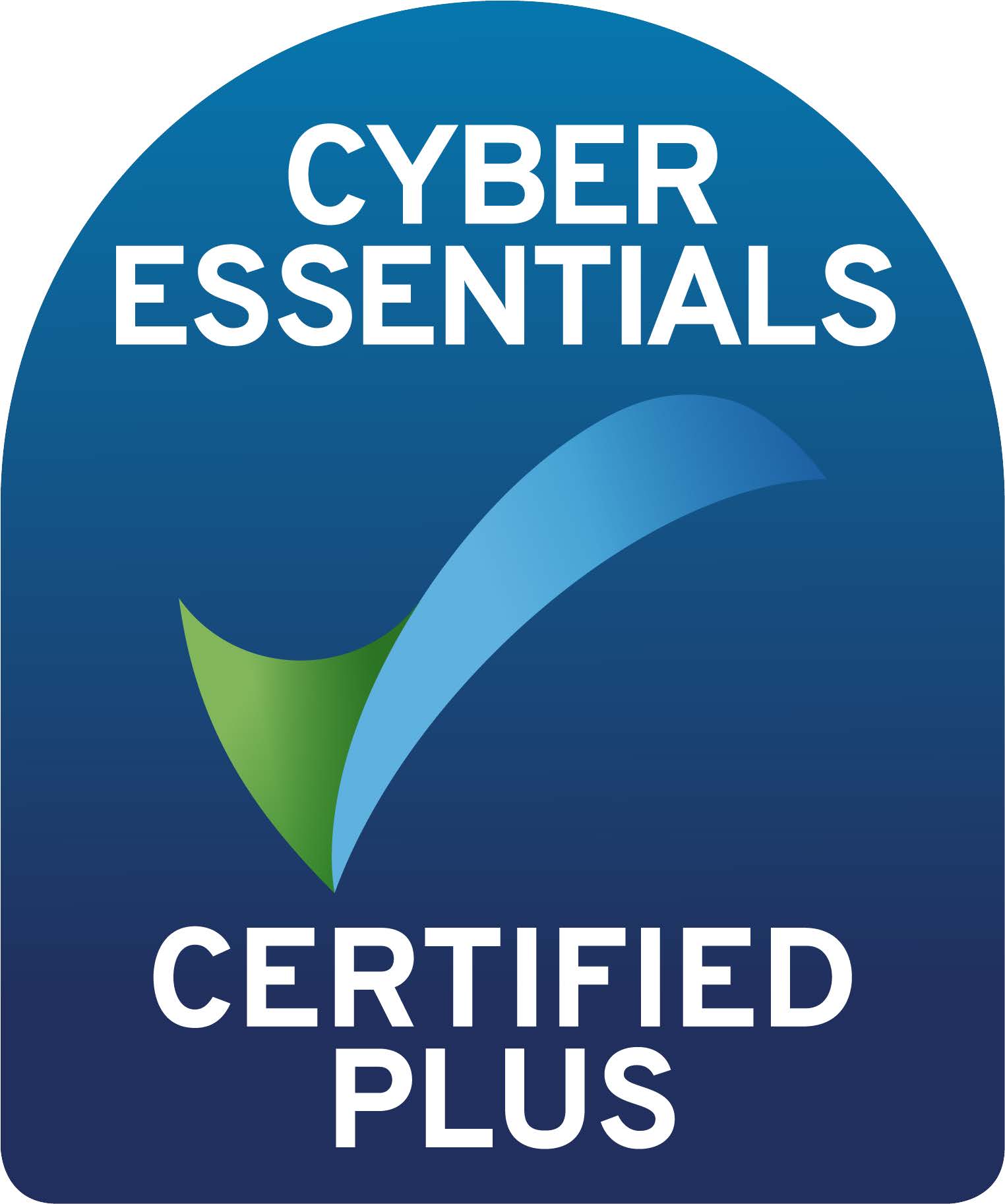How to maximise the agility and resilience of your high-speed connections
How to maximise the agility and resilience of your high-speed connections
Unless your business is located in some quaint rural backwater, the speed of available Ethernet connections is unlikely to be much of an issue. Speed and capacity requirements have transformed from aspiration (I want) to expectation (I anticipate) and now, assumption (I believe I will get). How times have changed…
Taking its place are qualities that are trickier to define and altogether more difficult to actually deliver, namely:
- Agility: the ability to respond quickly and positively to a new risk or opportunity. For example, being able to rapidly scale up or down depending upon traffic need, or to get new sites up and running.
- Resilience: the ability to carry on working, no matter what. For example, having measures in place to ensure that the connection does not fail. And if it does, then additional measures that prevent or mitigate any business disruption.
Agility and resilience have always been important of course, and it isn’t just the satisfaction of bandwidth thirst that has brought them into sharper focus. Whereas connectivity was once the vehicle for direct internet access that may or may not occasionally drop out, today’s Ethernet services carry a myriad of mission-critical cloud and WAN-based applications too. If the size of connection isn’t going to be a bone of contention, then the underlying SLA certainly will be.
Here are 5 things to look for when evaluating the agility and resilience of Ethernet connectivity.
How good is the organisation underpinning the SLA you are offered?
SLAs can be pretty slick. Blow-your-socks-off impressive. But what happens when the alarm rings and the words on paper have to turn into something tangible? Delving a little deeper into the support performance, long-term uptime levels and customer satisfaction ratings (e.g. NPS scores) of a service provider will tell you a great deal about the agility and resilience they actually deliver, not just the levels they sell.
How quickly can connections be set up and/or torn down?
When comparing anticipated lead times, factor in the wayleave (i.e. access permissions) issues that are typically associated with fibre installs. These can add months to a project, and you may not even find this out for weeks as a survey is commissioned on the property. All operators would ideally connect their customers immediately but this is rarely possible, leading some to be economical with the truth about when exactly you can expect to be online. By the same token, some are reticent about offering short-term contracts where these are required. Take care to review the penalties you may be subject to for changing SLA parameters midterm. Wireless services such as Luminet’s Wireless Lite/ Pro are significantly more flexible, with installs taking 10 days.
Does your connectivity provider also provide a range of cloud-based compute services?
Stop thinking of connectivity as just a commodity. It makes perfect sense that the provider of your Ethernet connectivity services should also readily understand and be in a position to add value to the mission-critical applications traversing those connections. These could extend from offering colocation all the way through to virtual datacentre environments and cloud-based services for backup, storage and security. Luminet is one that does. This all adds to the potential IT agility of your organisation.
Is connection failover genuinely ‘diverse’?
Picture the scene, the fibre distribution point serving your building has been inadvertently destroyed by an overenthusiastic JCB driver, causing your primary link to go offline indefinitely. Your contingency plans swing into action and the secondary link takes up the strain. Except it doesn’t. Why? Because it routes through the same fibre distribution point! Risk managers would point out that a better solution would have been to utilise two ‘diverse’ connection mediums for your primary and secondary link, for example one fibre and one wireless – as in the Luminet 100% Always On product that combines Fibre and Luminet Wireless Lite/ Pro Ethernet connectivity.
What else does your operator do to create additional resilience?
It’s worth thinking like a risk manager and considering all the points of network failure beyond your control to see if the required resilience exists to protect your organisation if something goes wrong. A robust service provider like Luminet will harden its own edge and core networks with fully mirrored, redundant and diverse hardware and software to eliminate points of failure. It will also manage multiple, independent tier 1 interconnects out to the internet so that even if one of the major backbone operators experiences an outage, your business won’t.
Find out more about Luminet’s Network in the Sky.
Contact me to “get connected”.








